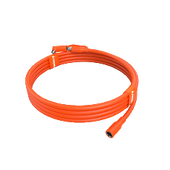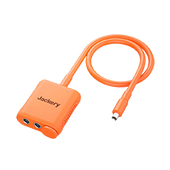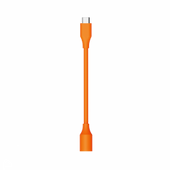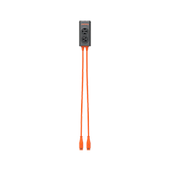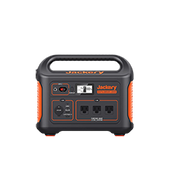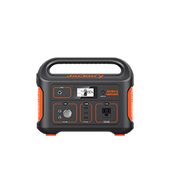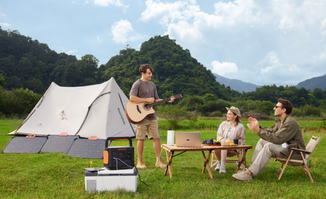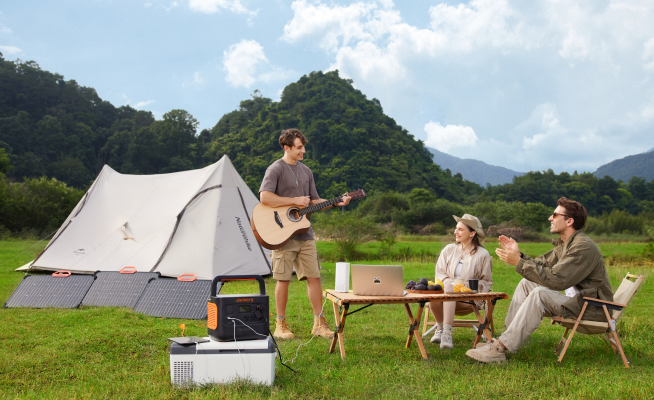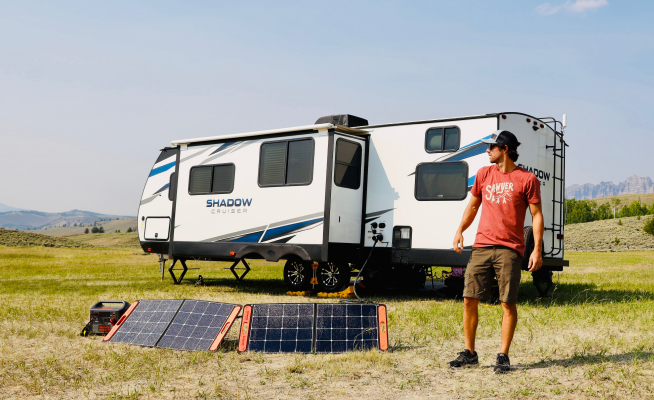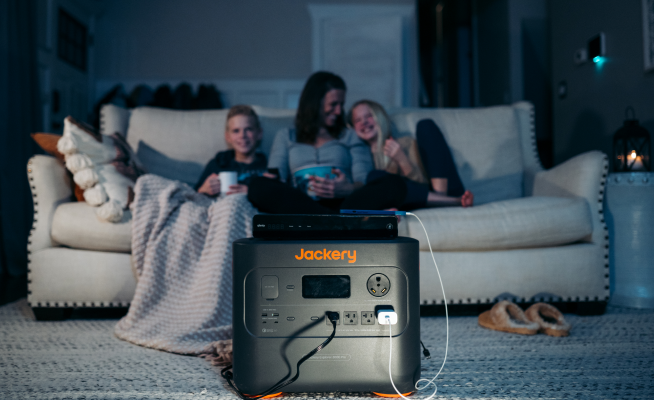What Are Renewable Energy Sources
Renewable, clean, and green energy are often used interchangeably, but there are slight differences. Renewable energy refers to sources that can be replenished, clean energy means it doesn't produce harmful pollutants like CO2, and green energy comes from natural sources.
Renewable energy sources, such as geothermal, solar, wind, and hydroelectric power, are replenished continuously. These sources produce electricity with no emissions and very little environmental impact.

Solar energy is one of the most popular renewable energy sources, as it can be harnessed without harming the environment. In this guide, we'll take a closer look at this exciting source of renewable energy.
Is Geothermal Energy Renewable?
Geothermal energy is considered renewable as it originates from the Earth's internal heat generated during its formation and from the continuous decay of radioactive elements. Although some heat is lost through geothermal energy production, the total heat within the Earth and the amount lost through natural processes such as volcanic activity and conduction/radiation to the atmosphere far surpass it.
However, at a single geothermal field, the temperature of the geothermal reservoir or fluid levels/pressure may decrease over time due to energy extraction. Re-injection of fluids may be necessary to preserve pressure, but could also further cool the reservoir if not handled carefully.
In the long run, it may be necessary to drill additional wells to maintain energy production as temperatures and/or reservoir fluid pressures decrease.
Is Solar Energy Renewable?
Solar energy is a renewable source of power. It is free, clean, and consistently produced by the sun, generating energy for billions of years. Humans have utilized the sun's energy since the third century, and the invention of solar cell technology dates back to the 1800s.
Solar panels are an increasingly popular way to power homes using renewable energy. The Jackery SolarSaga 100W Solar Panel is a great example of a reliable solar panel option.
Solar panels work by capturing the sun's energy rays and converting them into electricity. Solar cells are made of a material called silicon, which absorbs the sunlight’s photons and releases electrons. These electrons form an electrical circuit within the cell, generating direct current (DC) power that is sent to batteries for storage or converted to alternating current (AC) power for use in the home.
Solar panels are the perfect choice when you want to produce clean and reliable energy. Installing them on your rooftop offers unparalleled access to direct sunlight, making it easier for them to generate high-quality power. Additionally, solar systems come in a variety of sizes and configurations that are tailored specifically toward individuals' needs and financial means.
Jackery Renewable Energy Solar Generator
Jackery portable solar panels are designed for easy transport and use, with the ability to be folded and secured with straps. Boasting an industry-leading 23.7% efficiency, they maximize the use of sunlight and convert it into clean energy.
When paired with a Jackery rechargeable power station, the generated solar energy can be stored in a lithium power station and used to charge all your devices. This combination creates a versatile solar generator system for backup power or off-grid power needs.
Is Wind Energy Renewable
Wind energy plays a crucial role in powering the world sustainably. The wind is a renewable energy source that is clean, free, and easily accessible. Wind turbines are used globally to convert wind into electricity.
Wind energy is created by wind turbines that convert wind into energy. The blades of the turbine spin clockwise when the wind blows, capturing the energy. This rotation drives the main shaft connected to a gearbox in the nacelle, sending the wind energy to the generator. The generator converts the wind energy into electricity, which is then transformed to match grid voltage levels.
Wind power is cost-effective in many areas, but R&D efforts are aimed at reducing the LCOE for both onshore and offshore wind power in areas where it faces competition from other energy sources. Wind energy is a domestic source, harnessing a locally abundant resource, but some wind farm locations may pose construction and transmission challenges. Technology advancements such as two-piece blades and modular construction are overcoming these hurdles.
Is Hydroelectric Energy Renewable?
Hydropower, also known as hydroenergy, is a renewable energy source that generates electricity through the use of water stored in dams or flowing in rivers. In hydropower plants, falling water rotates the blades of a turbine, causing it to spin. This spinning motion is then used to drive a generator that converts the mechanical energy into electrical energy. Hydropower is a significant contributor to global electricity production.
In the US, while fossil fuels and nuclear power plants are the main sources of energy, hydroelectricity still plays a crucial role. Large power generators are installed inside dams and convert the energy from flowing water into electricity. This energy is then distributed to homes and businesses.
Which Renewable Energy is the Best?
In the world of renewable energy, there is no single best option for everyone. Every individual's needs are unique, so it is important to consider which one will be most beneficial for you and your household.
There are pros and cons to each type of renewable energy mentioned above. For example, solar energy is one of the most popular renewable sources, but it is less reliable than other sources such as wind or hydroelectric power. Wind, on the other hand, is more reliable, but in some areas, it is not available year-round. Geothermal energy is a great option for those who live in areas with high temperatures, but it requires a significant investment to get started. And hydroelectric power is one of the most reliable sources, but it can be difficult to install.
Ultimately, the best renewable energy source for you will depend on your geographic location and budget. If you want to reduce your carbon footprint while still providing power to your home, solar is an excellent option since it requires no additional fuel or emissions after installation.
Jackery Portable Solar Charger is a great solar energy source that you can use to power your home, no matter where you live. It's small and lightweight and can be used in outdoor activities as well as a home backup battery, which makes it an ideal choice for those looking to power devices whenever, wherever.
Conclusion
Solar energy is a powerful, eco-friendly source of renewable power that is free and available on demand. Harnessing it does not harm the environment, making it one of the most popular sustainable energy sources today.
At Jackery, we offer solar solutions tailored to individual needs, so you can start harnessing the power of the sun in your own home. With a Jackery Portable Solar Charger, you can enjoy clean and reliable energy wherever you go. So take the plunge into renewable energy today and start powering your home with solar!
Disclaimer:
The runtime mentioned for appliances powered by Jackery is for reference only. Actual runtime may vary under different conditions. Please refer to real-world performance for accurate results.









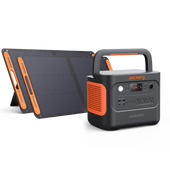

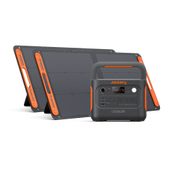
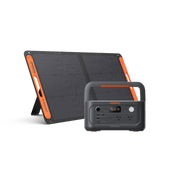
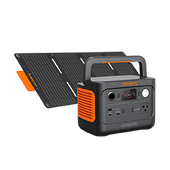


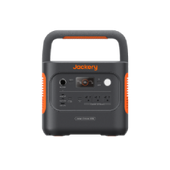
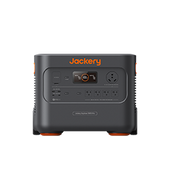
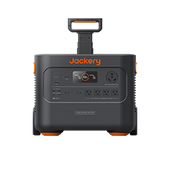

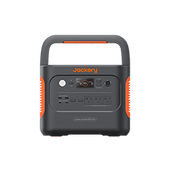
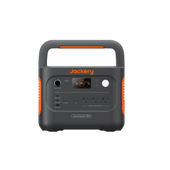
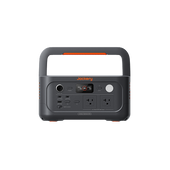

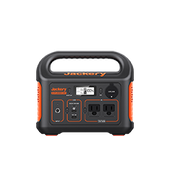
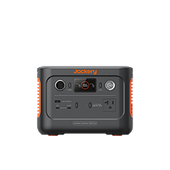

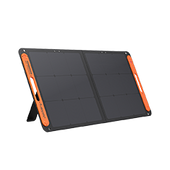

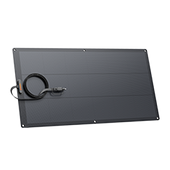
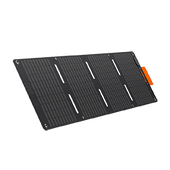
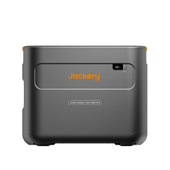
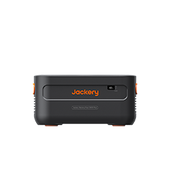
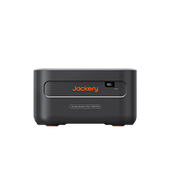
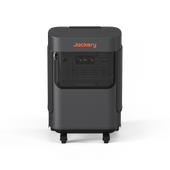
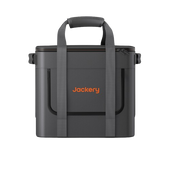

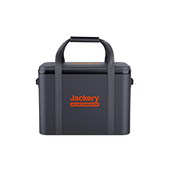
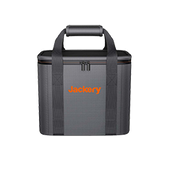
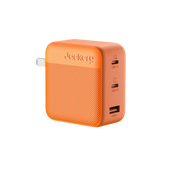
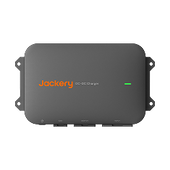
![[Add-on] Jackery Manual Transfer Switch for Explorer 5000 Plus](http://ca.jackery.com/cdn/shop/files/add-on-jackery-manual-transfer-switch-for-5000-plus-240V.webp?v=1757043692&width=170)
